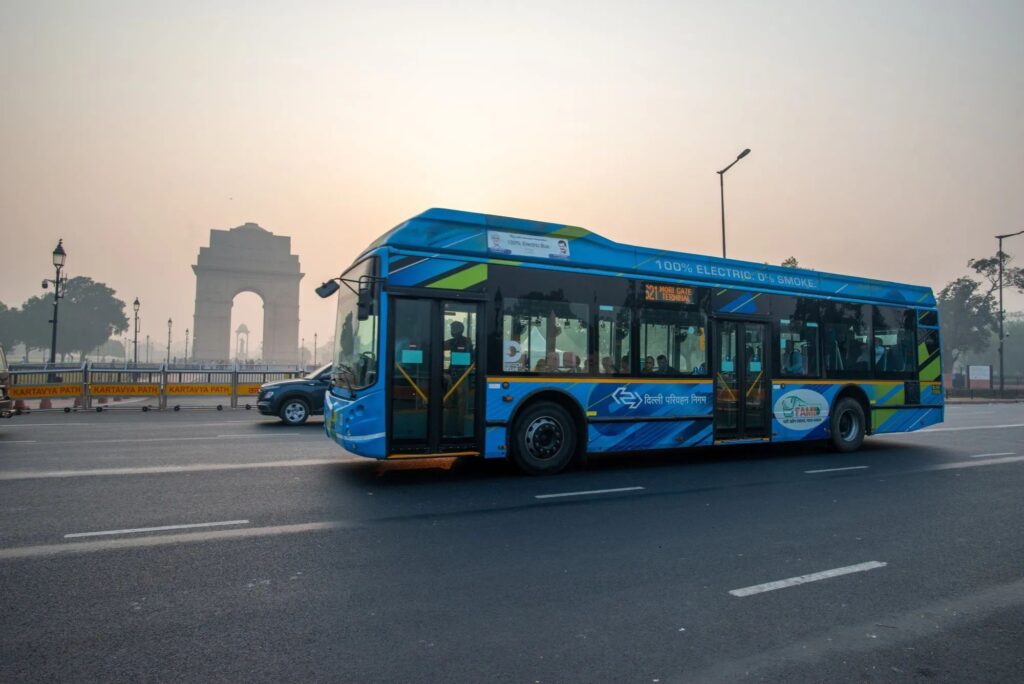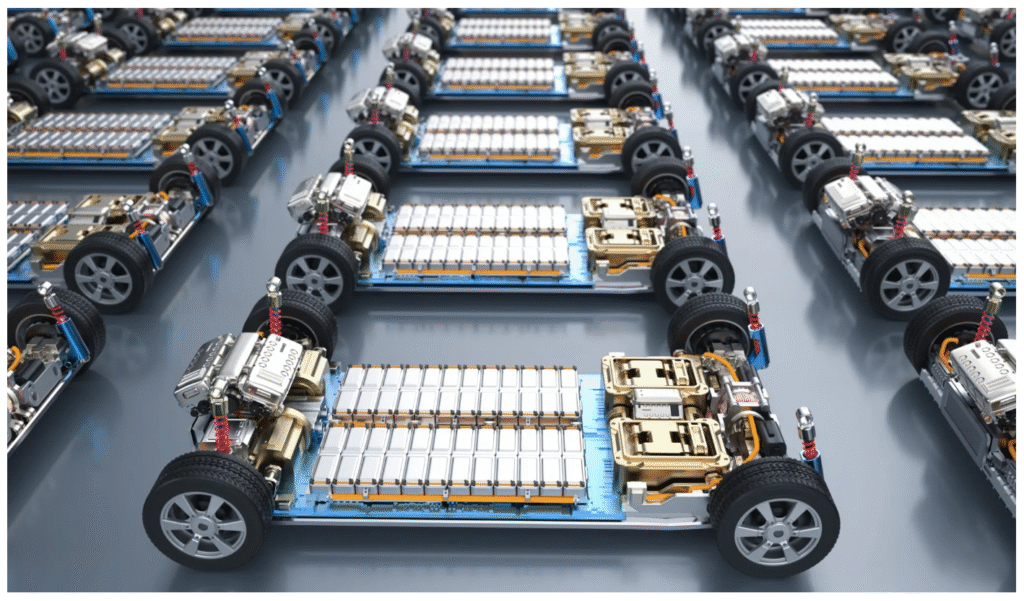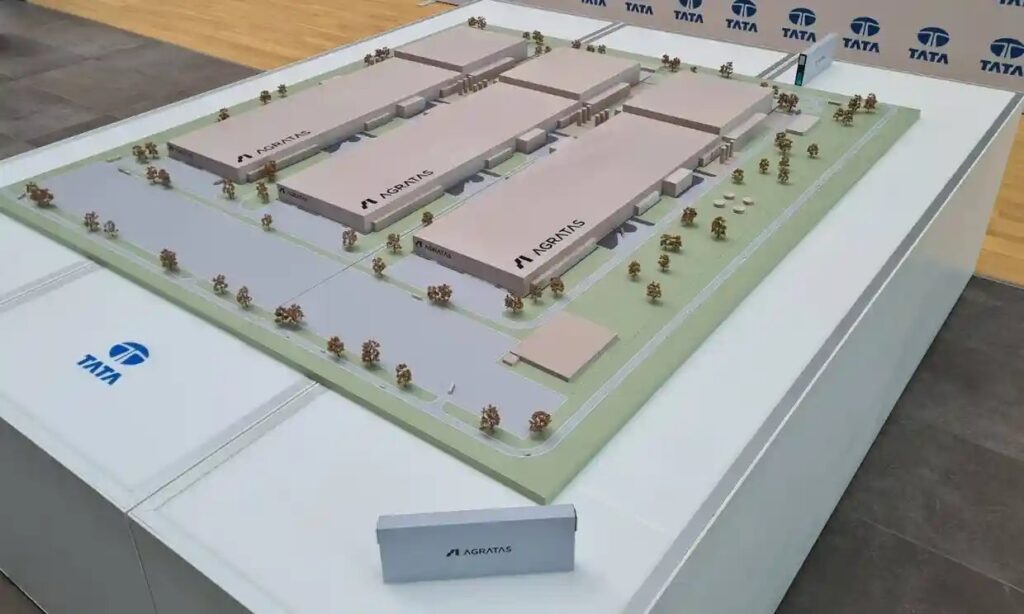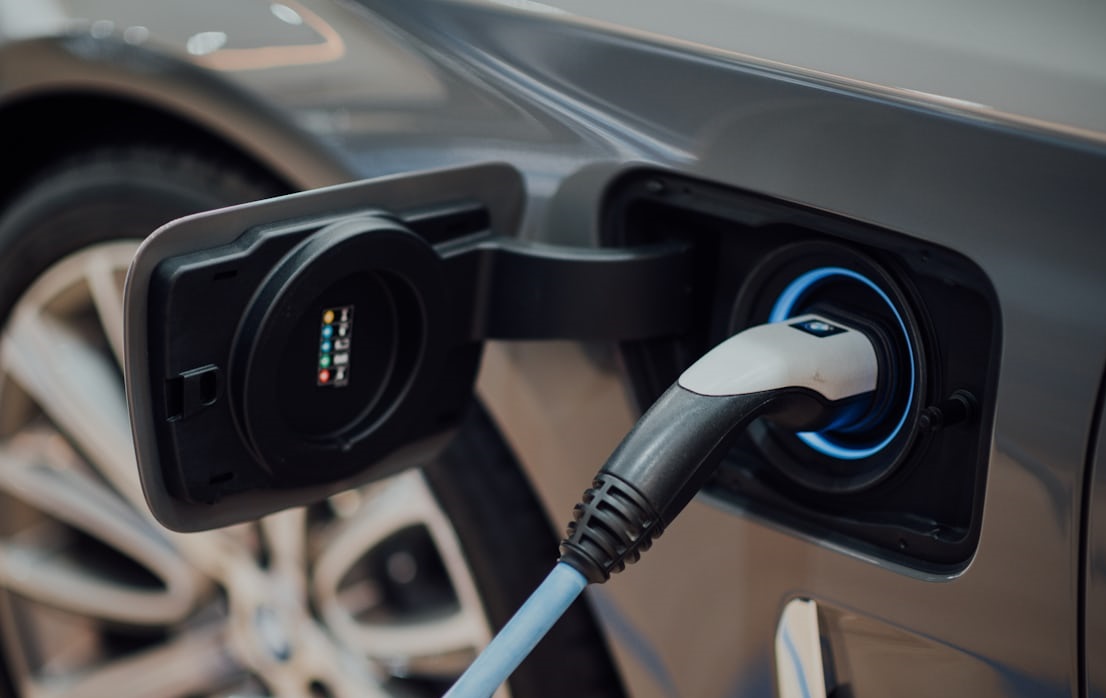India Electric Vehicles are entering a transformative phase in 2025 shifting from a niche segment into a mainstream mobility solution. With over 6 million EVs sold this fiscal year alone the surge in electric two wheelers and four-wheelers reflects the nation’s commitment to cleaner cost-effective transportation. Experts suggest that the rise in EV adoption is driven not just by government incentives but also by growing consumer awareness of long-term savings on fuel and maintenance.

The decline in battery costs has been a key factor accelerating this transition. In India lithium-ion battery prices fell from $120/kWh in 2023 to $95/kWh in 2025 significantly lowering the upfront costs of EVs.

Technological improvements in battery chemistry, higher energy density and the establishment of local manufacturing units have contributed to the decline in costs making India Electric Vehicles more accessible to the average consumer
Operational costs further enhance the attractiveness of EVs. According to the Council on Energy Environment and Water (CEEW) India’s three-wheeler EVs operate at approximately ₹1.28 per km in stark contrast to ₹4–5 per km for traditional petrol and diesel vehicles. Such savings on fuel and maintenance can allow EV owners to recover their initial investment within a few years making electric vehicles a financially sound choice for both urban and rural users.
Major Indian and international automakers are heavily investing in EV production and battery manufacturing to meet the rising demand. Tata Motors has committed $1.5 billion toward domestic battery manufacturing and EV production ensuring India’s self-reliance in the sector.

Ather Energy with its Rizta and 450 models, introduced a Battery-as-a-Service (BaaS) model lowering upfront costs for consumers and expanding accessibility. Other players like Maruti Suzuki, Hero MotoCorp and MG Motors are also scaling up production which is expected to drive down prices further and expand the variety of EV models available to Indian consumers. Times of India, 2025
Government policies have played a crucial role in shaping the EV landscape. The FAME II initiative provides subsidies for electric vehicles across multiple segments while states like Delhi, Maharashtra and Karnataka have introduced supportive EV policies and funding for charging infrastructure. Recently proposed GST amendments may reduce costs for small internal combustion vehicles but EVs continue to enjoy a 5% GST maintaining their competitive edge. (NITI Aayog, 2025) (Times of India, 2025)
The expansion of charging infrastructure has been equally impressive. By 2025 India boasts over 15,000 public charging stations many of which support fast-charging options.

Urban centers such as Jaipur, Delhi NCR, Mumbai and Bangalore have become hotspots for EV adoption due to extensive charging networks and government-backed incentives. Jaipur alone now hosts more than 200 public charging stations, providing convenience and boosting consumer confidence in EV ownership.
City-level adoption of EVs offers compelling case studies. Delhi NCR has registered approximately 200,000 EVs by 2025 encompassing local buses, auto-rickshaws and private four-wheelers. In Mumbai special subsidies for EV taxis and scooter-sharing schemes along with the establishment of 50+ fast-charging stations have encouraged the transition. Bangalore’s IT hubs and corporate parks are leading the adoption of EV fleets for business purposes illustrating that EV integration in India is motivated by convenience cost savings and environmental responsibility.
Looking ahead, India aims to have EVs constitute 30% of total vehicle sales by 2030. Continuous advancements in battery technology including lithium-ion, LFP and solid-state batteries coupled with improved vehicle energy efficiency are expected to reduce costs further. Analysts predict that by 2028–2029 EV prices in India will reach parity with petrol and diesel vehicles which will accelerate adoption even more. This growth trajectory indicates that India’s EV revolution is not only transforming transport but also enhancing energy security, creating jobs and contributing to environmental sustainability.
The Indian EV market in 2025 has demonstrated that smart mobility is not a futuristic concept . it is the present reality Investments, supportive policies, technological advancements and the rapid expansion of infrastructure have all converged to make EVs viable for every segment of society. With continued government backing, corporate investment and consumer awareness electric mobility is poised to redefine urban streets, rural routes and corporate fleets across the country.By embracing EVs India is charting a course toward a greener, economically sustainable and technologically advanced future.


